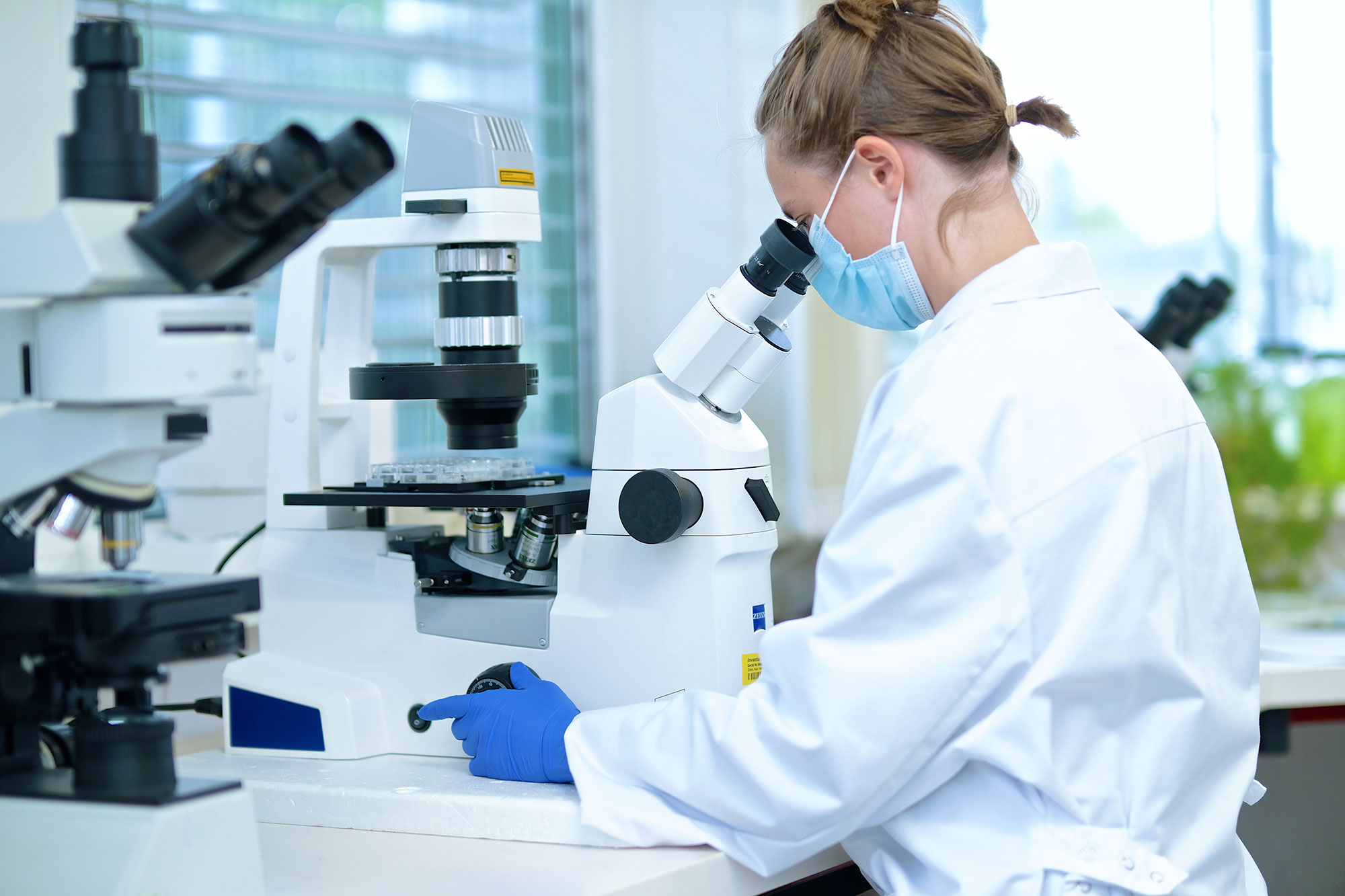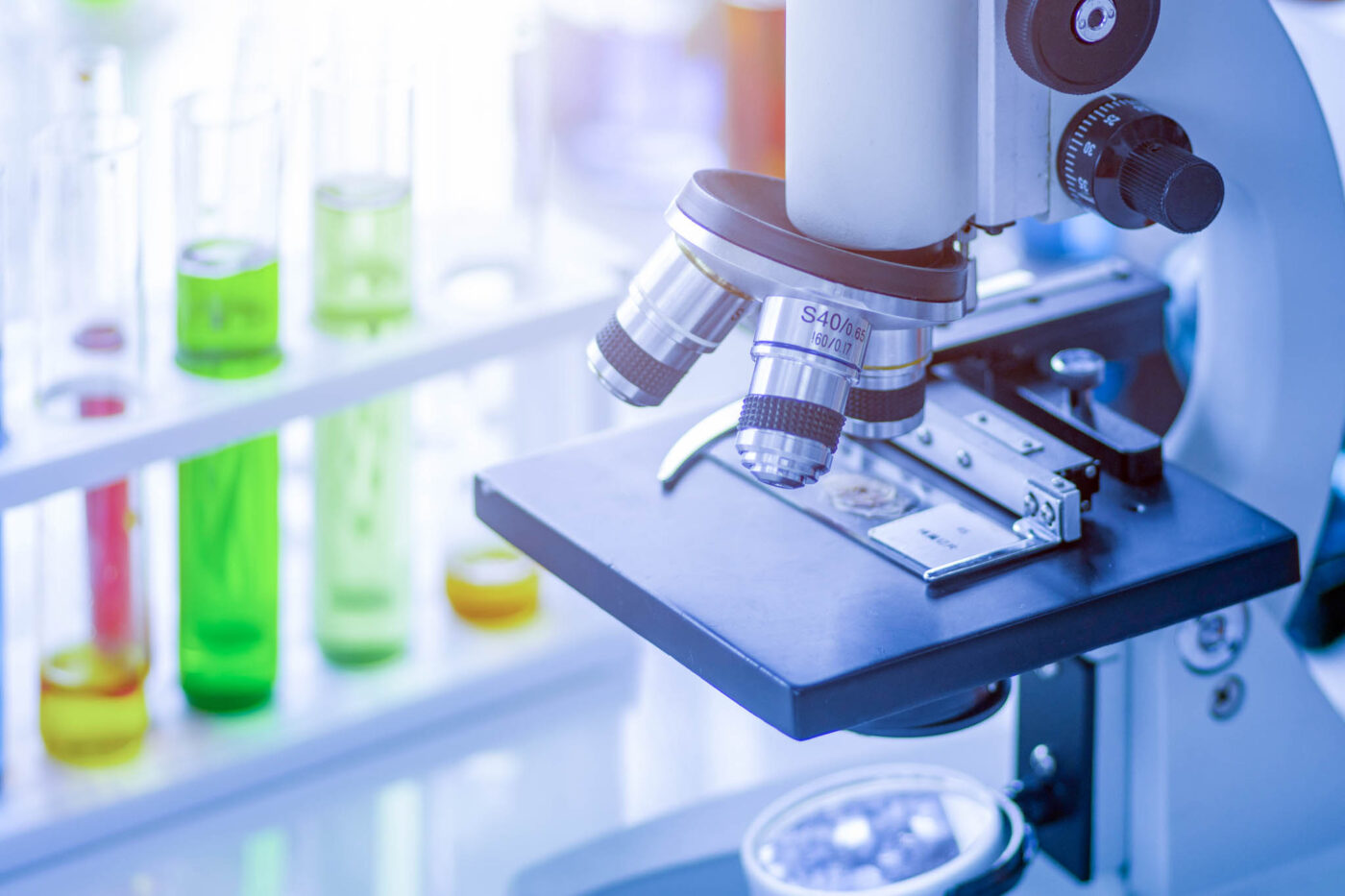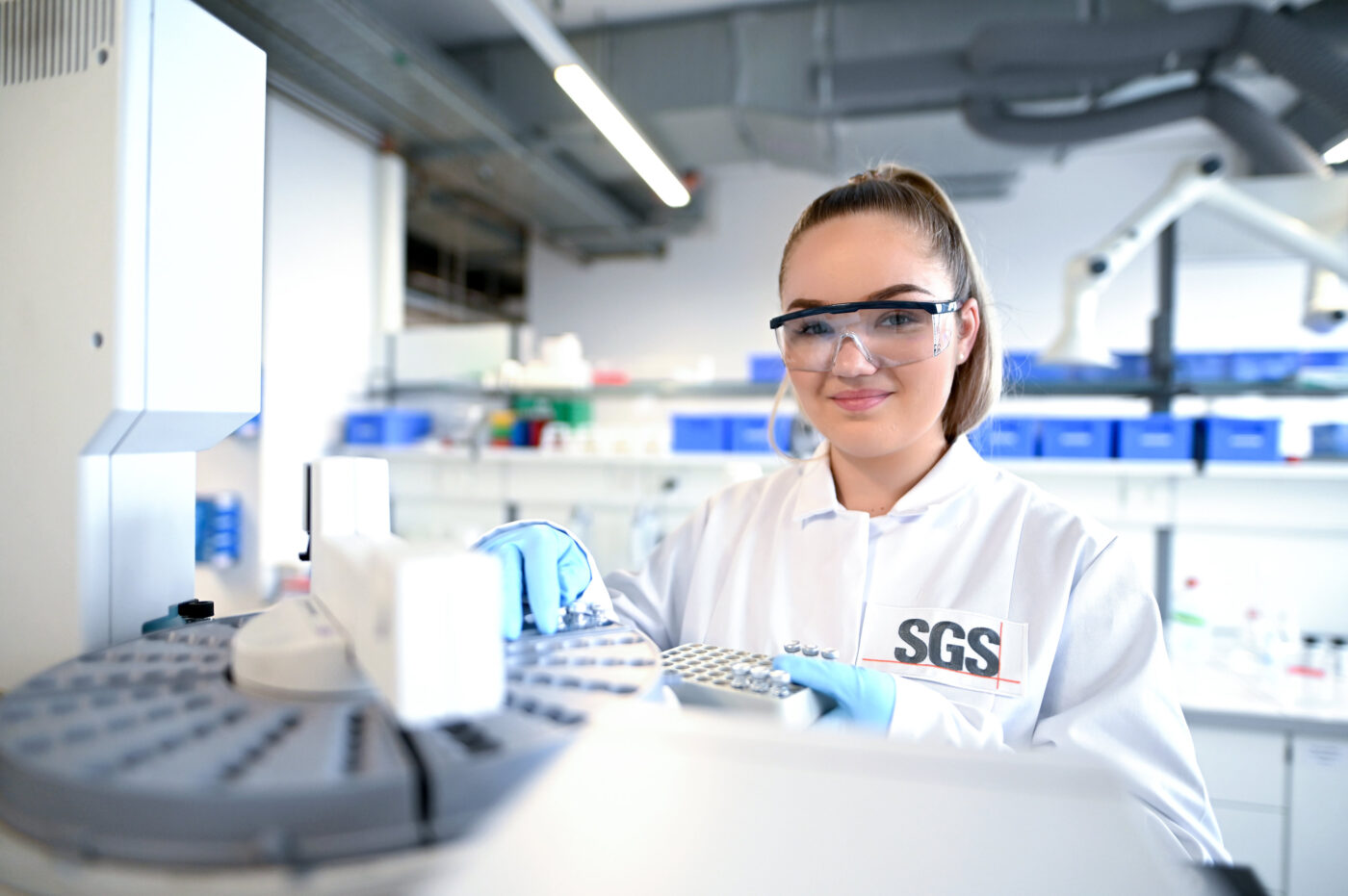Nanoparticle Analysis
Detecting and Characterizing Engineered and Incidental Nanomaterials
Nanoparticles, whether engineered (such as gold nanoparticles, carbon nanotubes, or titanium dioxide) or incidental (produced during industrial processes), present opportunities and challenges for industry and public health. Their extremely small size, unique properties, and potential toxicity make them difficult to monitor and regulate.
Workplace exposures to airborne nanoparticles, as well as contamination in consumer products, dust, bulk materials, and water, are areas of growing concern for regulators, researchers, and manufacturers. Due to their size—often below 100 nanometers—conventional microscopy techniques are insufficient for reliable detection. This creates a need for specialized analytical methods that can detect, measure, and characterize nanoparticles with high precision.
SGS Capabilities
At SGS, we utilize high magnification Transmission Electron Microscopy (TEM) paired with Energy Dispersive X-Ray Analysis (EDXA) to accurately detect and measure nanoparticles as small as 2 nanometers. Our team applies methods adapted from recognized standards to ensure defensible, reproducible results for a wide range of sample types.
Our Analytical Capabilities Include:
Nanoparticle Detection & Characterization
- Detection and measurement of particles as small as 2 nm
- Particle sizing and morphology characterization
- Chemistry determination using EDXA
Common Nanoparticles Analyzed
- Carbon nanotubes
- Gold nanoparticles
- Silver nanoparticles
- Titanium dioxide
- Silica dioxide
- Zinc nanoparticles
- Graphene
Sample Matrices Supported
- Air: Workplace monitoring and environmental exposure
- Dust: Indoor, industrial, and surface contamination
- Bulk Materials: Powders, consumer products, raw materials
- Water: Treated and natural water sources
Analytical Methods (Modified and Applied to Nanoparticle Detection):
- Air: Modified ISO 10312, Modified NIOSH 7402, presence/absence analysis
- Dust: Modified ASTM D5755, ASTM D6480, presence/absence analysis
Quantification Options:
- Presence/absence reporting
- Quantitative results (units depend on submitted matrix)
- Particle size distribution and morphology data
Why SGS for Built Environment?
- Global Leader
Robust methodology ensures reproducible, defensible results. - Rapid Turnaround
Rapid turnaround times to support production schedules and regulatory deadlines. - Regulatory Compliance
Full compliance with FDA MoCRA guidelines and internationally recognized standards. - Extensive Support
Ability to support industrial hygiene, research, and regulatory compliance projects



